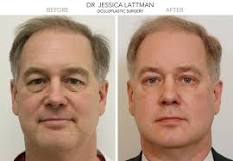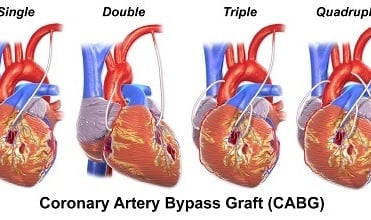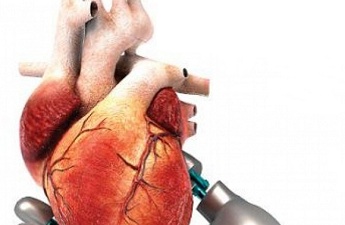Blepharoplasty

Overview of Blepharoplasty
The surgery of the upper or lower eyes, depending on the indication and type of the patients' concern, is conducted with blepharoplasty. The upper pulse is incised and superfluous skin is removed to rectify the capsule of the eyelids during this operation. During this procedure
How do you do blepharoplastic?
A kind of surgery that restores drooping eyelashes, including removing extra skin, muscle, and fat called blepharoplasty (BLEF-Uh-rose-plas-tea). When you get old, your eyelids expand and your muscles feeble. Excess fat can therefore gain above and below the eyelids, causing your eyes to shrink, drooping upper lids and bags.
In addition to making you seem older, your skin, especially the upper and outside sections of your visual field, can also limit your side view (peripheral vision). These visual issues can be eliminated or reduced with blepharoplasty and your eyes seem younger and more attentive.
To help you determine if blepharoplasty is the appropriate thing to expect and to explore the advantages and dangers of blepharoplasty honestly.
When a patient Require This Treatment?
If drooping or sagging eyes stop your eyes from opening completely or tearing down your lower eyelids, you may consider blepharoplasty. Excess tissue might enhance your eyesight by removing it from your upper eyelids. Blepharoplasty of the upper and lower lid can make your eyes look younger and wiser.
Where you have:
- baggy or drooping upper lids, blepharoplasty may be an option
- Excess skin on the top of your eyes that affects your peripheral vision
- Excess skin on the bottom pin
- Sacks beneath your eyes
Blepharoplasty may occur simultaneously to a different surgery, for example, the braw lift, facelift or skin surface.
Insurance coverage could depend on whether a problem that affects eyesight is repaired by the operation. If you undergo a cosmetic operation to merely improve your look, the expense is likely not insurance covered. Nearly often low lid blepharoplastic is done for aesthetic reasons alone.
What Are the Major Associated Risks with Blepharoplasty?
- Possible eyelid operation concerns include:
- Bleeding and infection
- Dry, irritated eyes
- Eye or other eyelid issues difficulty
- Scarring remarkable
- Eye muscle damage
- Decoloration of the skin
- A follow-up operation is needed.
- Vision temporarily clouded or seldom vision loss
- Operating risks generally, including anaesthesia and blood clot reactions
Talk to your doctor about the treatment of operational hazards. Knowing what blepharoplasties entail, and assessing the advantages and dangers, will help you determine whether this treatment is a good decision.
What Is The End Result Of The Blepharoplasty?
Many individuals are satisfied with the effects of bluetongue, such as a more relaxed and younger look and increased self-confidence. Operational outcomes might endure a lifetime for some people. Others may experience drooping eyelids.
In 10 to 14 days, bruising and swelling usually diminish, which can occur when you feel safe going out again in public. Operating cutbacks might take months to decrease. Be careful to prevent excessive exposure to the sun on your sensitive eyelid skin.
Blepharoplasty is a highly demanded cosmetic surgery treatment across the globe. People with puffy eyes book this treatment via consultation with their cosmetic surgeon. It is a safe, quick but costly treatment. One should consult their surgeon before option this option.
Get in Touch with Medical Experts
Most Searched Blog

Heart Surgery

Heart Transplant

Atrial Septal Defect
